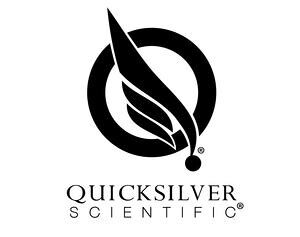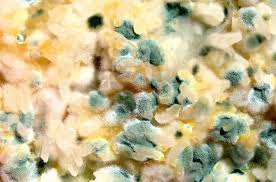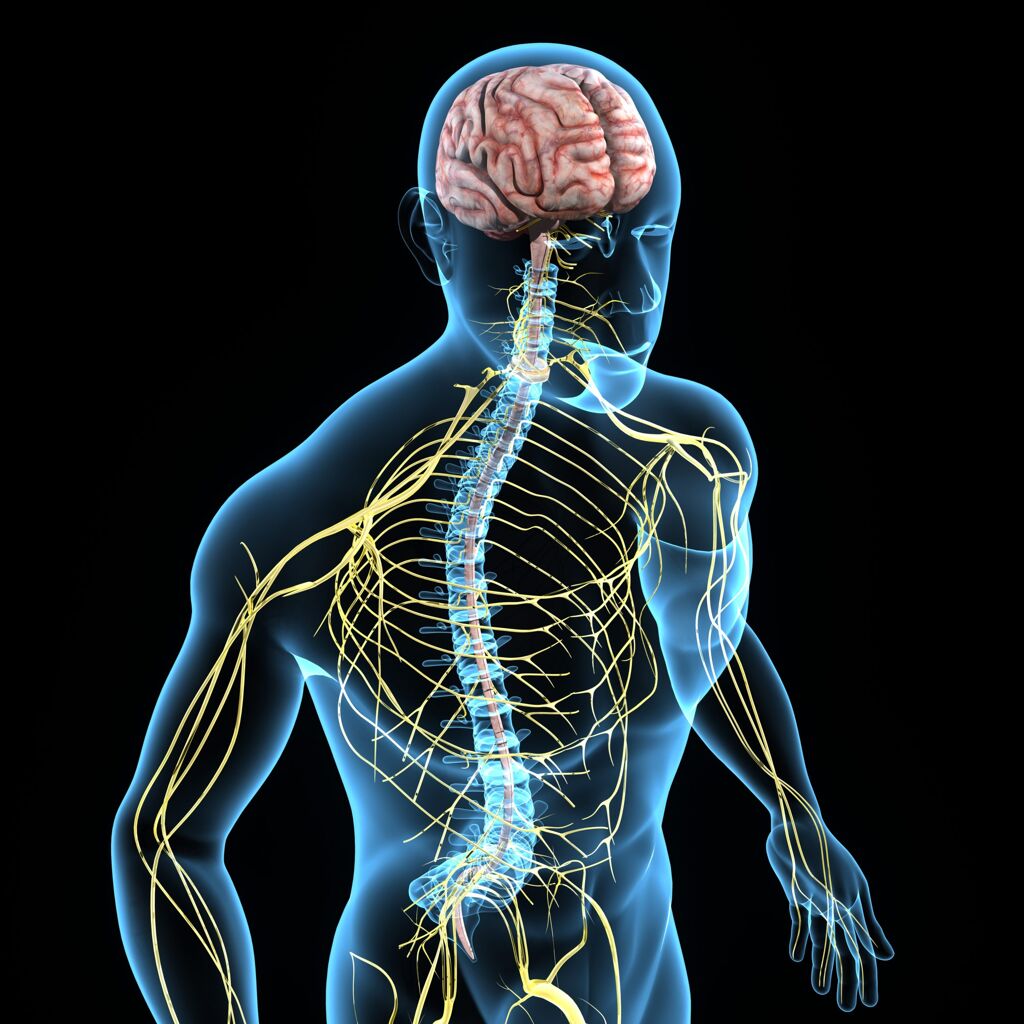Alzheimer’s, Fructose, and Diet

In this bog, you will learn:
- What Alzheimer’s disease is
- Which aspects of the modern diet are contributing to Alzheimer’s
- How the modern diet is involved in Alzheimer’s & what happens in the brain
- How a better diet can prevent the development of Alzheimer’s disease
Do you know what cognitive impairment is and how it can affect you? If you want to know more about this rapidly growing health concern and how to best optimize your health, then this blog is for you. Please read on for answers!
** Please note: If you want the longer, more scientific version of this article, then please click here.
What is Alzheimer’s (AD)?
Alzheimer’s disease is a progressive disease that starts with mild memory loss and eventually leads to more severe cognitive issues. Over time, an Alzheimer’s sufferer slowly loses memory and thinking skills. Eventually, with severe Alzheimer’s, a person can no longer hold a conversation or conduct a normal and independent daily life.
- Alzheimer’s disease is the 6th most common cause of death in the US (Johnson RJ, 2020).
- In the US, AD affects 10% of people aged >65 years old (Johnson RJ T. D., 2023).
- The prevalence of dementia is expected to double in the next 20 years (Johnson RJ, 2020).
- Data from insurance companies, such as Blue Cross/Blue Shield, indicate that early-onset AD increased dramatically between 2013 and 2017 (Johnson RJ T. D., 2023).
- The risk of developing Alzheimer’s increases with age and symptoms typically first appear after age 60 (CDC, 2020).
- It is possible, but not common, for younger people to get Alzheimer’s. Recently, a 19-year-old in China was diagnosed with probable Alzheimer’s (Jianpinga J, 2023).
- Approximately one-third of AD cases are partially due to modifiable aspects of lifestyle, such as diet, smoking, physical inactivity, midlife obesity, high blood pressure, etc. (Zhou Z, 2021) .
There is currently no guaranteed cure for Alzheimer’s. We have written a blog here about how Functional Medicine can help prevent, address and potentially improve a case of Alzheimer’s. This is achieved through finding root causes and addressing diet and lifestyle issues.
What Causes Alzheimer’s?
The precise cause, or causes, is not entirely clear at this point. For many years, researchers have thought that the cause of Alzheimer’s is the amyloid plaque that forms in the brain. But we now know that this is not the cause, but rather a consequence of Alzheimer’s. In fact, new research shows that diet, and specifically, fructose, is a critical factor in Alzheimer’s (Johnson RJ T. D., 2023).
What is happening in Alzheimer’s?
A healthy brain has billions of neurons. A neuron is a nerve cell. Neurons transmit messages and information via electrical and chemical signals between different parts of the brain and to other parts (muscles, organs) of the body. Alzheimer’s disease disrupts this communication between the neurons, causing cognitive dysfunction.
As neurons in the brain stop working and die, and communication between neurons breaks down, regions of the brain shrink. Brain atrophy becomes widespread as brain volume declines.
Many changes happen on a cellular level in the brain with Alzheimer’s disease:
Beta amyloid plaque starts to form in the brain. Excessive amounts of amyloid proteins collect and form plaques in the brain, disrupting neuron and cell function. This was once thought to be the cause of Alzheimer’s though research has now determined that the build-up of amyloid plaque is a consequence, and not a cause, of Alzheimer’s.
Tau protein build-up is another abnormal chemical change in the Alzheimer’s brain. With Alzheimer’s disease, it starts to stick to other tau protein molecules. This creates abnormal tangles inside neurons which block the communication that happens between neurons.
This abnormal build-up of proteins in the brain slowly damages memory and cognition (Johnson RJ T. D., 2023)
Chronic neuroinflammation and neuron damage in Alzheimer’s
Treatments focused on decreasing beta amyloid and/or tau protein accumulations have not been as successful as predicted or hoped for (Johnson RJ T. D., 2023). This is because the protein build-up is not the cause of Alzheimer’s. Other mechanisms are driving the development of AD and these need to be addressed in order to successfully treat the disease (Johnson RJ T. D., 2023).
If it’s not beta amyloid plaque, what is the cause(s) of Alzheimer’s?
The new thinking is that the processes involved in AD (amyloid plaque, tau proteins, neuroinflammation, insulin resistance in the brain, etc.) are driven by the modern diet. Changes in the brain that are known to be part of Alzheimer’s can be partially, if not entirely, attributed to fructose and fructose metabolism in the brain (Johnson RJ T. D., 2023). In fact, this shows that Alzheimer’s is actually a result of metabolic dysfunction.
To Read About Blog Topic, Scroll Down
Want To Work With Our Clinic?
Do you have a chronic or mystery illness that no one has been able to help you with? Are you simply wanting to re-connect with a healthier version of yourself? It’s Time To Finally Feel Better!
Is Fructose Causing Alzheimer’s?
Fructose is a type of sugar found in certain foods. We eat a lot of fructose in the modern diet. Too much fructose contributes to many health issues: insulin resistance, obesity, non-alcoholic fatty liver disease, heart disease, high cholesterol, high blood pressure and type 2 diabetes, which are all part of metabolic syndrome (Mai BH, 2019).
On a molecular level, high fructose reduces cellular energy (ATP) and increases uric acid, through complex pathways. Uric acid (UA) is a waste product from normal chemical processes in the body. It can have an impact on cognitive decline.
Which Foods are High in Fructose?
It’s not what you think….Fruit has fructose but that is not the problem. The foods that contain too much fructose or contribute to the fructose issue are:
- High Fructose Corn Syrup (HFCS) and foods that contain HFCS like sodas, sweetened drinks, commercial cakes and baked goods, fast foods, breakfast cereals, sweetened yogurts, candies, processed honey and other sweetened processed foods.
- Some foods stimulate internal fructose production: high glycemic sugary carbohydrates, salty foods and alcohol (Johnson RJ, 2020).
- Umami foods (processed red meats, organ meats, shellfish, beer) increase fructose production in the liver
- The high amount of (usually high glycemic) carbohydrates in the modern diet. Research shows that chronic intake of a diet containing 50% carbohydrates causes age-related changes (Johnson RJ T. D., 2023). Eating a high-carb diet of 50% + carbohydrates over the long term might generate enough internal fructose to increase the risk of AD (Johnson RJ T. D., 2023).
Fruit itself, in the form of whole fruits, has relatively low fructose per individual fruit. It also has other benefits such as fiber, vitamin C, potassium and flavanols (Johnson RJ T. D., 2023).
Food groups, such as glucose, protein and fats, do not increase fructose in the same way that high glycemic carbs do.
Why does the body produce fructose internally if it can be dangerous in high amounts?
Fructose is made internally to encourage foraging or the search for food and water. Fructose increases blood flow to parts of the brain associated with food reward and reduces blood flow to parts of the brain involved in self-control (Johnson RJ T. D., 2023). This stimulates the foraging response. This mechanism is now thought to be involved in the development of AD (Johnson RJ T. D., 2023).
This fructose-uric acid mechanism is triggered to ensure enough food for survival. This survival mechanism is triggered by high dietary fructose too often and contributes to metabolic syndrome.
What is Metabolic Syndrome?
Metabolic syndrome is a combination of high glucose levels, insulin resistance, high blood pressure, high cholesterol and overweight/obesity. Together these issues, left unresolved, can eventually lead to a number of diseases within metabolic syndrome: obesity, type 2 diabetes, heart disease, stroke, liver disorders such as non-alcoholic fatty liver disease and as we now know, Alzheimer’s (Mai BH Y. L., 2019).
The effect of chronic and excessive fructose and uric acid contributes to metabolic syndrome (Mai BH Y. L., 2019). This combination can cause cognitive decline and eventually lead to AD (Johnson RJ T. D., 2023).
What is Uric Acid?
Uric acid is a waste product left over from normal chemical processes in the body. In times of food scarcity, high UA is a positive thing. It raises blood sugar so the brain has energy when there is no food.
High fructose, like that seen in the modern diet, depletes ATP production and increases uric acid production (Mai BH Y. L., 2019). Too much uric acid disrupts metabolism and causes all of the elements of metabolic syndrome.
What is the Effect of Fructose internally?
The brain can actually make internal fructose.
- Fructose production and metabolism are increased in the brains of patients with AD, especially early in the disease before significant neuron loss and atrophy (Johnson RJ T. D., 2023).
- Uric acid levels were 25% higher in AD subjects than in normal controls in research (Johnson RJ T. D., 2023). Uric acid correlated with total tau protein build-up (Johnson RJ T. D., 2023).
- In studies, lowering uric acid levels reduced the risk of dementia (Johnson RJ T. D., 2023).
What is the Functional Range for Uric Acid?
In conventional medicine, a normal uric acid level in the body is 3.5 – 7.2 mg/dl. But in Functional Medicine, the optimal level that we look for is under 5.5 mg/dl.
There are a number of natural ways to decrease uric acid levels:
- Quercetin, vitamin C, DHA (an Omega 3 fatty acids) and chlorella supplements can bring down UA levels.
- Avoid sugar, high fructose corn syrup, processed foods, alcohol and processed meats.
- Avoid insulin resistance. A Continuous Glucose Monitor can help to see what foods and drinks raise blood sugar levels. In Functional Medicine, we look for a fasting blood sugar level to be below 85.
- Some drugs can increase uric acid, such as aspirin, so avoid these if possible.
What is the Best Diet to Prevent Alzheimer’s?
Diet plays an extremely important part in brain health, and can either increase or decrease dementia risk and progression.
A new study looked at the MIND (the Mediterranean-DASH Diet Intervention for Neurodegenerative Delay) and Mediterranean diets (Agarwal P, 2023). The MIND diet combines two diets, the Mediterranean diet and the Dietary Approaches to Stop Hypertension (DASH) diet. Both of these diets can reduce declining brain health and dementia.
The newly released study found:
- These diets reduce the incidence of beta amyloid plaque, tau protein tangles as well as overall AD pathology in brain tissue of older adults (Agarwal P, 2023).
- People who best adhered to either diet had almost 40% lower odds of being diagnosed with Alzheimer’s and had brains comparable to peers 12 or 18 years younger (Agarwal P, 2023).
The most important foods in the diet were leafy green vegetables, olive oil, fish and berries (Agarwal P, 2023). The most benefit came from leafy greens (Agarwal P, 2023). People who ate the most green leafy vegetables had less general AD pathology as compared to those who ate the least leafy greens (Agarwal P, 2023). This indicates we should be eating green leafy vegetables in most meals.
A Metabolic and Brain-Healthy Diet includes:
- Lots of vegetables and some fruit, high in vitamin C and quercetin, to help balance uric acid and reduce dementia risk. A small amount of whole fruit is healthy and will not drive fructose levels too high.
- Load up on green leafy vegetables like arugula, spinach, kale, bok choy, collard greens, dandelion greens, mustard greens and broccoli raab.
- Low to modified carb (100 grams per day or less) and definitely less than 50% of calories, with high good fats and moderate protein diet. When eating carbs, be sure to avoid the high glycemic sugary carbs. Use apps like myfitnesspal or cronometer to track grams of carbs and %-age of total calories, vs. proteins or fats.
- Avoid sugar, fructose, high fructose corn syrup, sodas, cakes and other baked goods, white breads and white pastas, fast foods, desserts, sweetened processed foods and anything with added sugars. This helps in the prevention and treatment of Alzheimer’s and other neurological disease.
- Avoid other inflammatory foods like alcohol, whole grains and dairy.
- Add good lifestyle practices like exercise, good sleep, no smoking, stress management, meditation and others.
Summary
- Alzheimer’s disease currently affects 10% of people aged 65 and over and is on the rise (Johnson RJ T. D., 2023)
- Alzheimer’s is part of metabolic syndrome, which is essentially a lifestyle/diet issue, worsened by excessive sugar in the modern diet and poor lifestyle habits.
- High fructose and uric acid levels can result from too much fructose in the diet. The combination of high fructose and uric acid trigger a mechanism in the body that contributes to metabolic syndrome and potentially to Alzheimer’s disease.
- There are things you can do to reduce risk of dementia: Eat a low sugar/low fructose diet, such as the GF Mediterranean or MIND diets. Eat lots of vegetables, especially dark leafy greens. Avoid eating too many carbs. Check your uric levels and use this marker to help reduce inflammation. Be active and stay within a healthy weight range. Don’t smoke. Manage stress.
Are You Suffering From A Chronic Illness?
Does your current health situation look like this…
- Do you feel that you have tried many things and either nothing works, or the treatment does not hold?
- Have you been told that there is nothing that can be done to reverse your illness and you just need to manage symptoms?
- Does your illness impact your work, your family, your happiness and your social life?
We specialize in finding answers and solutions for complicated chronic illness when people feel like they have tried everything. If this sounds like you, book a free call with us to see if we are the right fit for your health goals.
Dr. Miles has spoken for the following organizations:

















